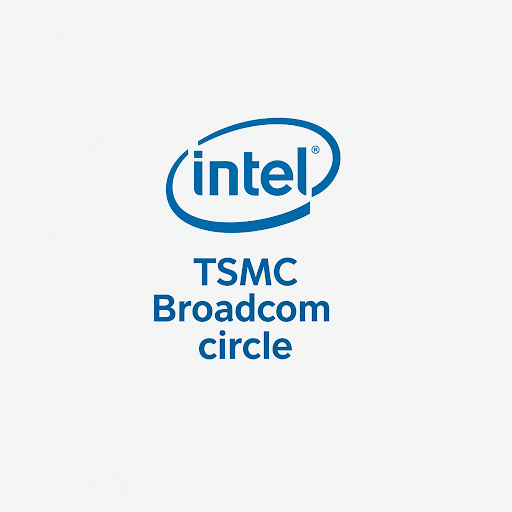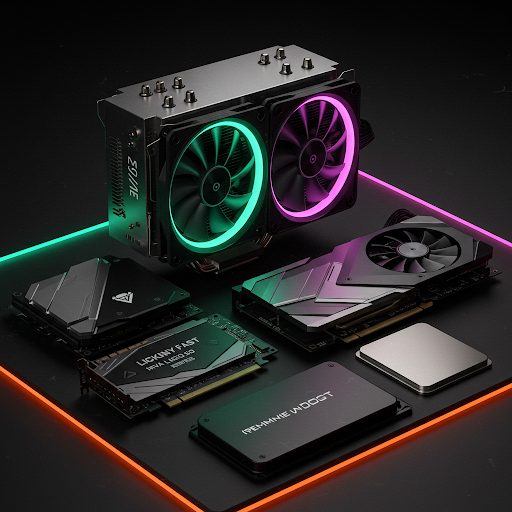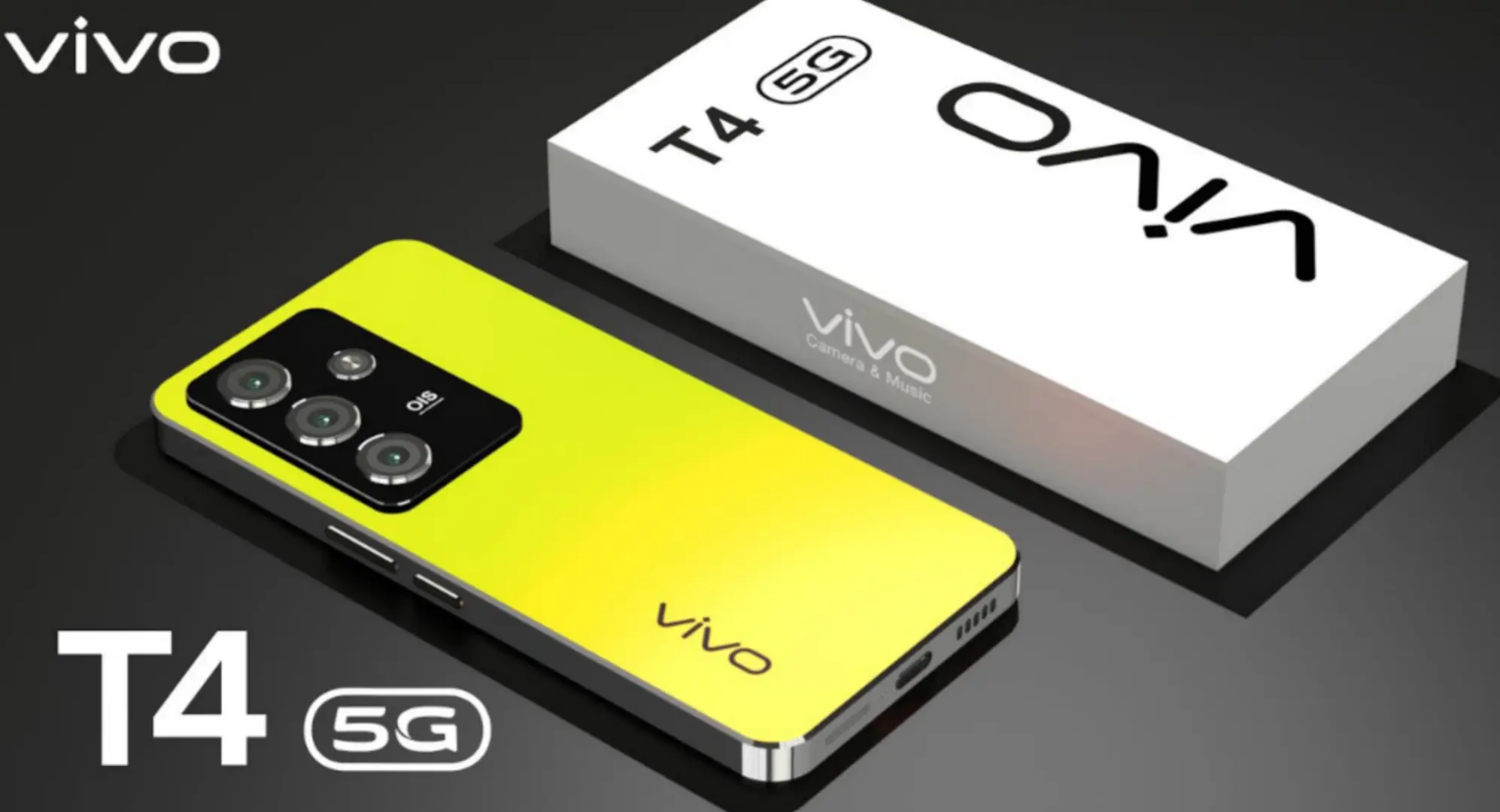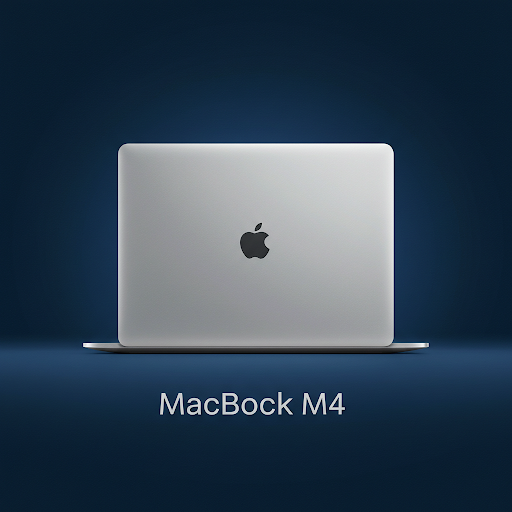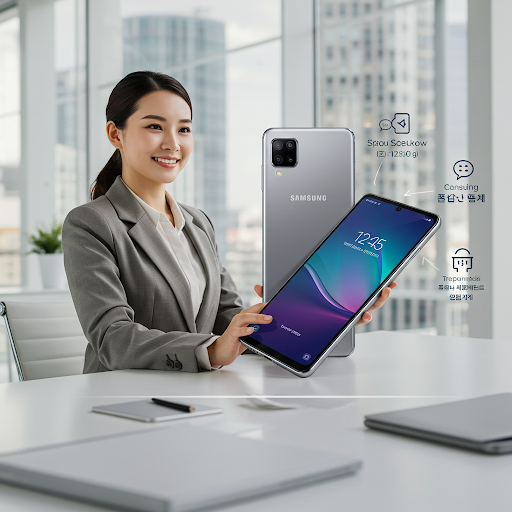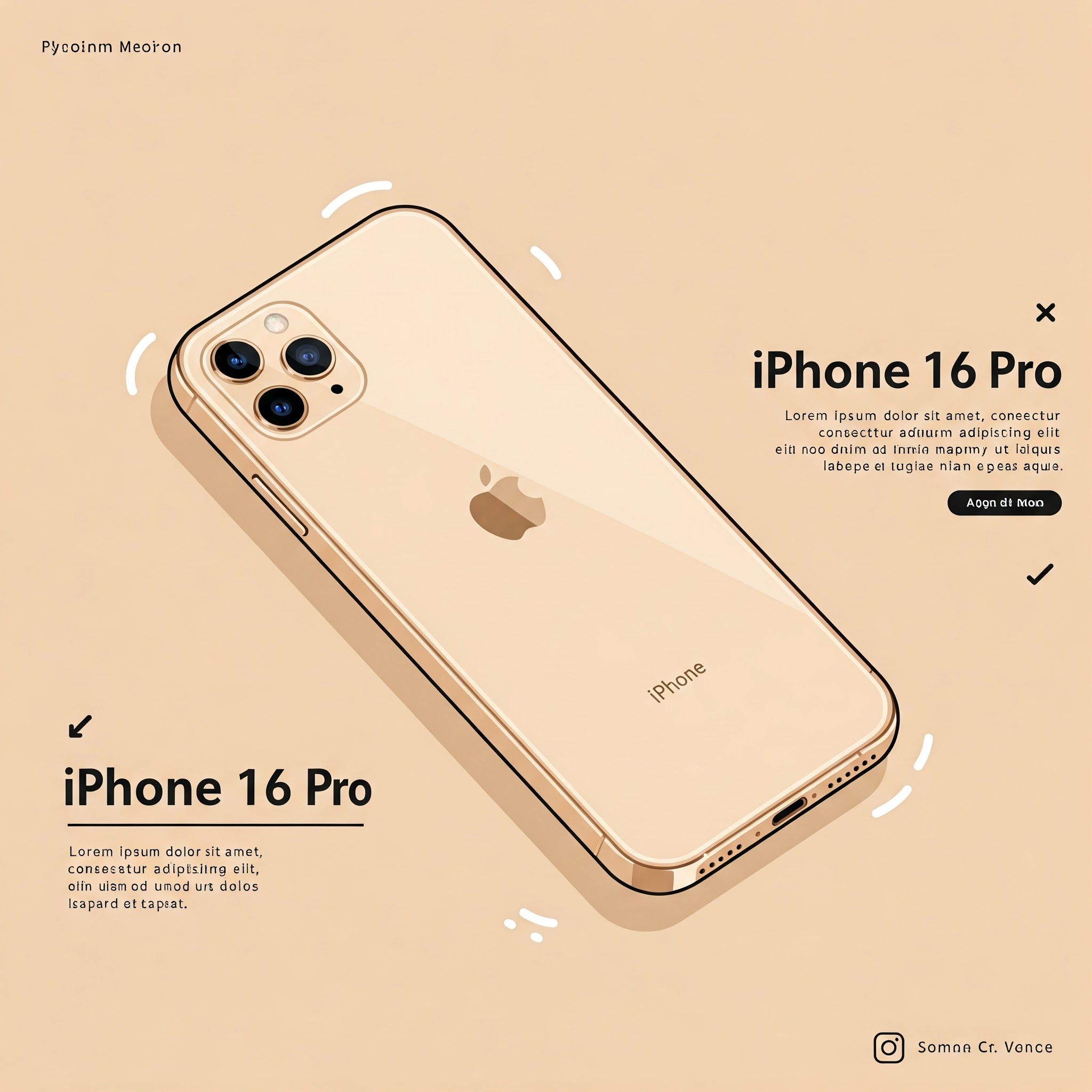
I Replaced My iPhone 16 Pro with the 16e for a Week – Here’s My Buying Advice
Is the iPhone 16e a Worthy Alternative to the 16 Pro?
Apple’s latest lineup includes the premium iPhone 16 Pro and the more affordable iPhone 16e. I decided to swap my iPhone 16 Pro for the 16e for an entire week to see how it holds up. If you're stuck choosing between these two models, here's what I learned.
Design & Build – Does the 16e Feel Cheaper?
The iPhone 16e is lighter and slightly smaller than the 16 Pro, thanks to its aluminum frame instead of titanium. While it doesn't feel as premium, it's still well-built and comfortable to use. However, the Pro’s matte-textured back is much better at resisting fingerprints.
Performance – A Noticeable Downgrade?
The iPhone 16 Pro packs the new A18 Pro chip, while the 16e uses the slightly older A17 chip. In day-to-day tasks like social media, emails, and web browsing, I barely noticed a difference. But when gaming and editing videos, the 16e struggled compared to the 16 Pro.
Display – The Biggest Difference
The 16e has a 60Hz OLED screen, whereas the 16 Pro boasts a 120Hz ProMotion display. If you've used a high refresh rate screen before, you’ll miss the smoothness. The 16e display is still great, but animations and scrolling feel a bit less fluid.
Camera – Can the 16e Compete?
Both phones have a 48MP main sensor, but the 16 Pro’s 5x telephoto lens gives it a huge edge. The 16e lacks this zoom capability, and I noticed it most when taking detailed shots from a distance. In good lighting, the differences were minimal, but the 16 Pro handled low-light photography significantly better.
Battery Life – Surprisingly Close
I expected the 16e to fall short, but its battery held up surprisingly well. The 16 Pro lasted about an hour longer per charge, thanks to its more efficient chipset, but the 16e still got me through a full day.
Final Verdict: Which One Should You Buy?
If you want the best camera, display, and performance, the iPhone 16 Pro is the clear winner.
If you’re okay with losing ProMotion, a telephoto camera, and some power to save a few hundred dollars, the iPhone 16e is still a fantastic choice.
My recommendation? If you’re a casual user, the 16e will serve you well. But if you game, edit videos, or love photography, stick with the 16 Pro.
Related Articales
Why Rockstar Games Delays GTA 6 Trailers: A Marketing Strategy Breakdown
Apr 1, 2025.23Getting Started with ArcGIS JavaScript API: A Guide for Developers
Apr 1, 2025.23Object Destructuring in JavaScript: A Simple Guide for Developers
Apr 1, 2025.23Difference Between TypeScript and JavaScript: Which One Should You Choose?
Apr 1, 2025.23




